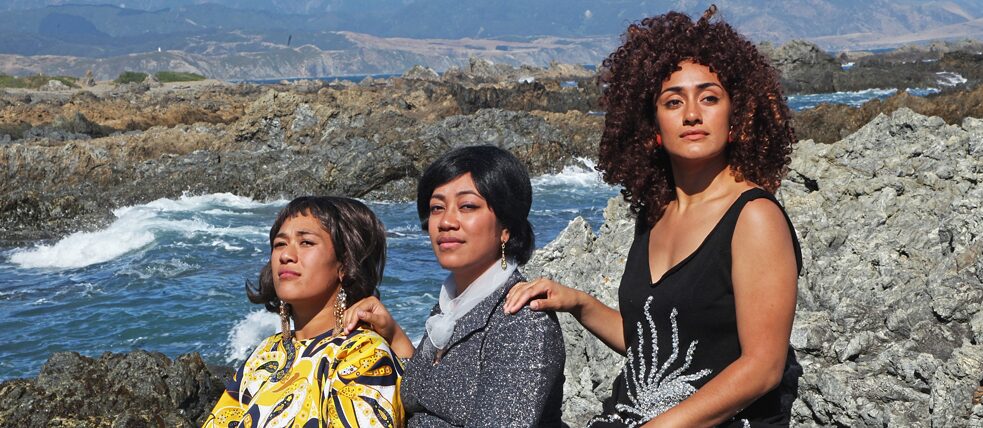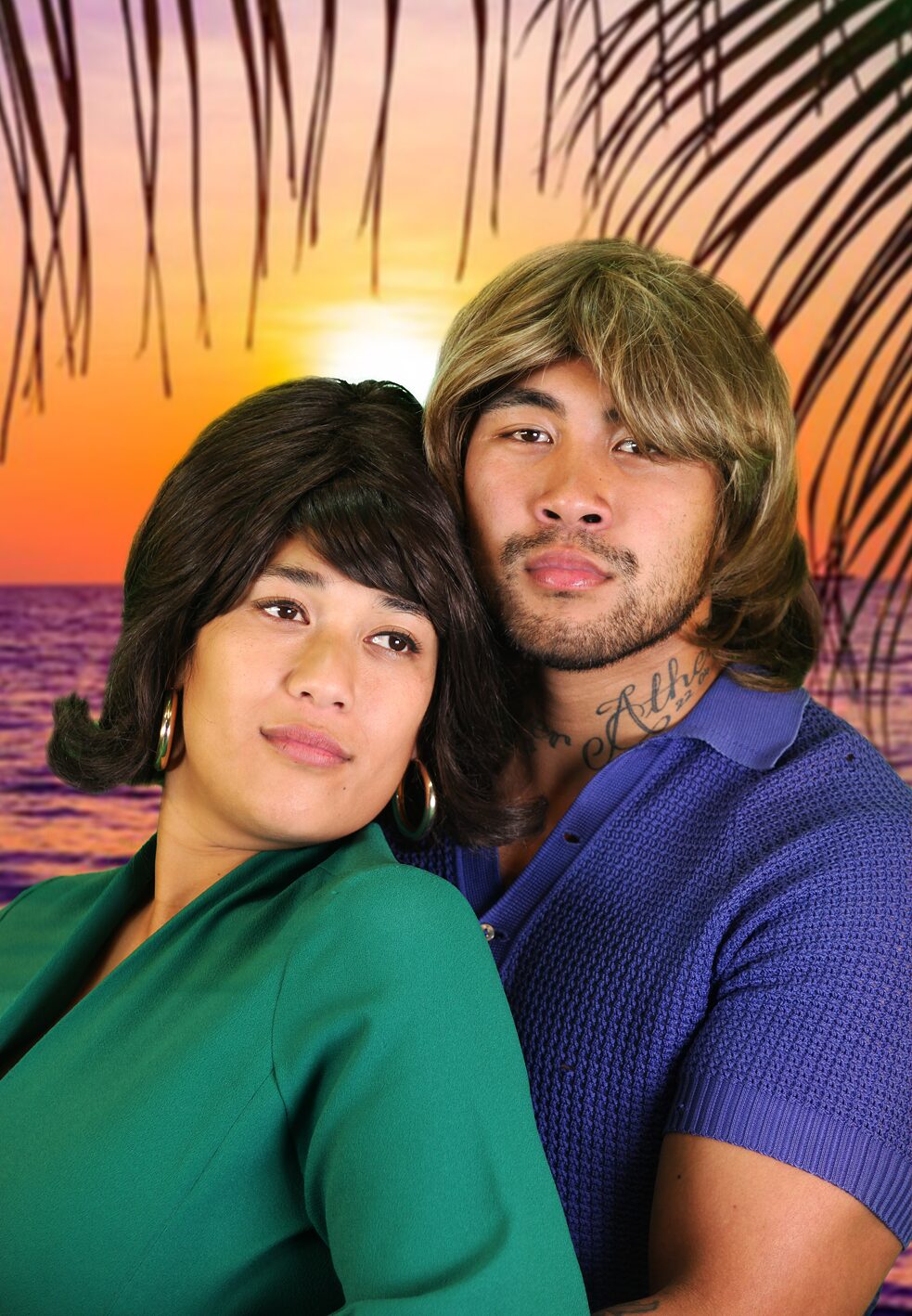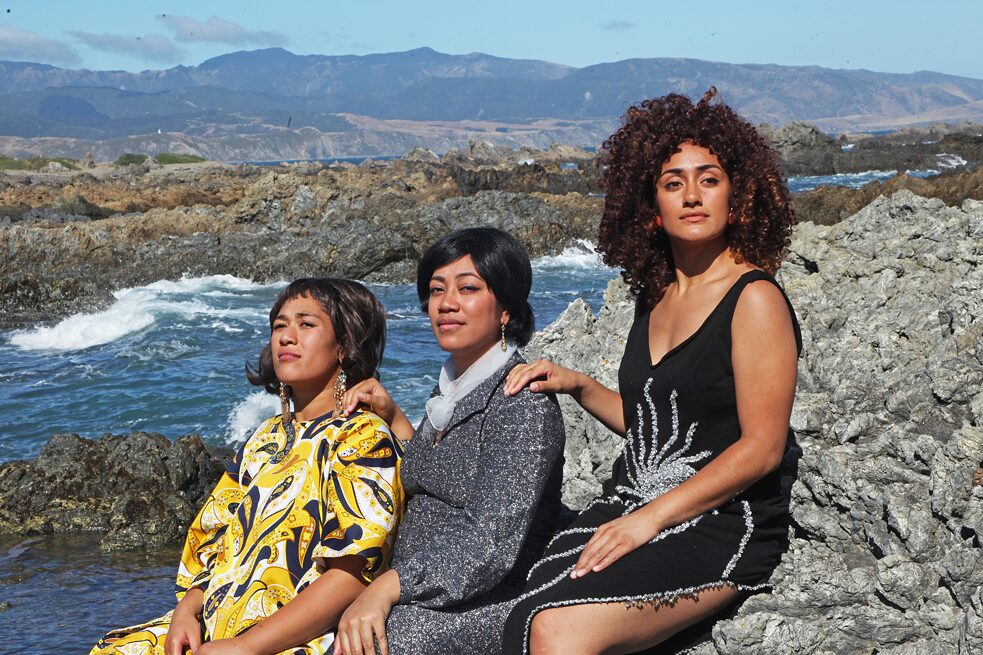Pazifik-Leipzig Residency Programme
"Framing Brownness"

Christopher Ulutupu is a video and performance artist who will take up a three-month residency at the Art and Culture Centre Leipziger Baumwollspinnerei. The residency is a collaboration project of LIA (Leipzig International Art Programme) and the Goethe-Institut.
By Dilohana Lekamge
Based in Wellington, New Zealand, Ulutupu draws from the multicultural city in which he lives and the Samoan family within which he grew up. His mixed ethnic identity, including Samoan, Niuean and German descent, also reflects his evident curiosity to explore the function and intersections of race. The diversity within his casts draws attention to preconceived stereotypical associations connected to different kinds of bodies. He questions the colonial gaze and draws inspiration from his family’s stories, traditions and histories to exhibit his experience of the Pacific diaspora.
Like in many of his other works, in Dreaming of Lulu Ulutupu casts many of his friends and family members. On occasion they perform versions of themselves or that of another person close to the artist. In this series Ulutupu delivers his interpretation of music videos for Samoan love songs that he grew up with and uses 70’s style costumes and wigs to reflect the time from which these songs were written. The clothing in combination with staggered and slow gestures display a playful campiness and produces a surreal viewing experience that is as entertaining as it is critical.
Singing and performance are recurring devices in Ulutupu’s practice and contributes to the eccentric quality of his work. Historically he has incorporated karaoke, ill-matched lip syncing and acapella performances in videos, using music to refer the viewer to a specific time or place. For the artist himself, his musical choices are rooted in nostalgia and tradition, recalling times where he would sing along to songs with his family ranging from Boney M’s Brown Girl in the Ring, to Samoan classics by Penina O Tiafau and Tiama’a. He brings forward the centrality that music has in any culture, and how it can offer those who are separated from their homeland the opportunity to travel back there in their minds, for at least the duration of a song.
The focus on place extends to the visual aspects of Ulutupu’s filmic works. His experience as an art director and set designer in the film industry contributes to the intricate composition of his scenes where he continually explores the idea of fantasy. His backdrops vary from snowy mountains, sandy beaches and lush green bush trails. These picturesque landscapes form the background to these scenes, reflecting that of postcards showcasing the idealistic landscape of a foreign land.
In Dreaming of Lulu, for instance, he adds most of these backdrops in post production, placing his dancing and lip-syncing cast members in front of found moving images of crashing waves, beach sunsets and even the planets and stars in space. In one instance in this series he places three women in the real-life backdrop of a rocky beach, swaying in their retro costumes, portraying an image of a Pasifika girl group of decades past. The lighting is set up to highlight each character and emphasize their movements that contribute to the narrative of the work as a whole. Reflecting on Samoan traditions of serving community, Ulutupu uses this focused stylistic choice to explore the notion that in order to ensure that a larger group is working for its members, the needs and criticisms of a singular party can be addressed to benefit the unit.
Though he uses his artistic practice as a platform to exhibit the aspects of his culture that he cherishes, he also takes the opportunity to investigate its more subtle intricacies. His fanciful narratives visually portray the tendency to idealise one’s own culture when being in part of its diaspora. His desire to create lively and romanticised images stems from his personal aspiration to display contemporary Pacific culture and present to his community a visual representation of themselves in an industry where they are largely unseen. Ulutupu’s penchant for story-telling in combination with his cinematic eye, allows the viewer to explore his never-ending anthropological curiosity and take a glimpse into his creatively driven response to being a member of the Pacific community living in Aotearoa.
During his residency in Leipzig, Ulutupu wants to experience living in Germany as a “tourist”. This new body of work will explore people’s interactions with one another and the city’s public spaces. By comparing these observations to the social conventions in his hometown of Wellington, New Zealand, he aims to investigate universality and difference in our current global community.


